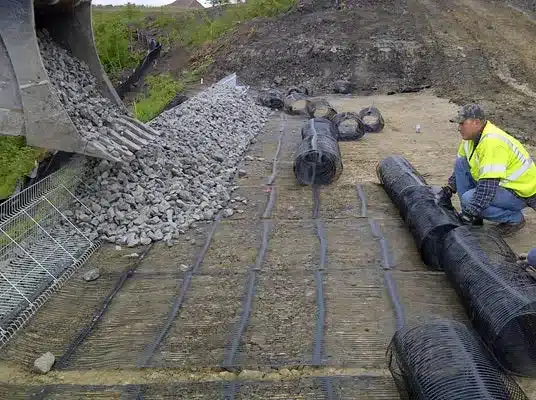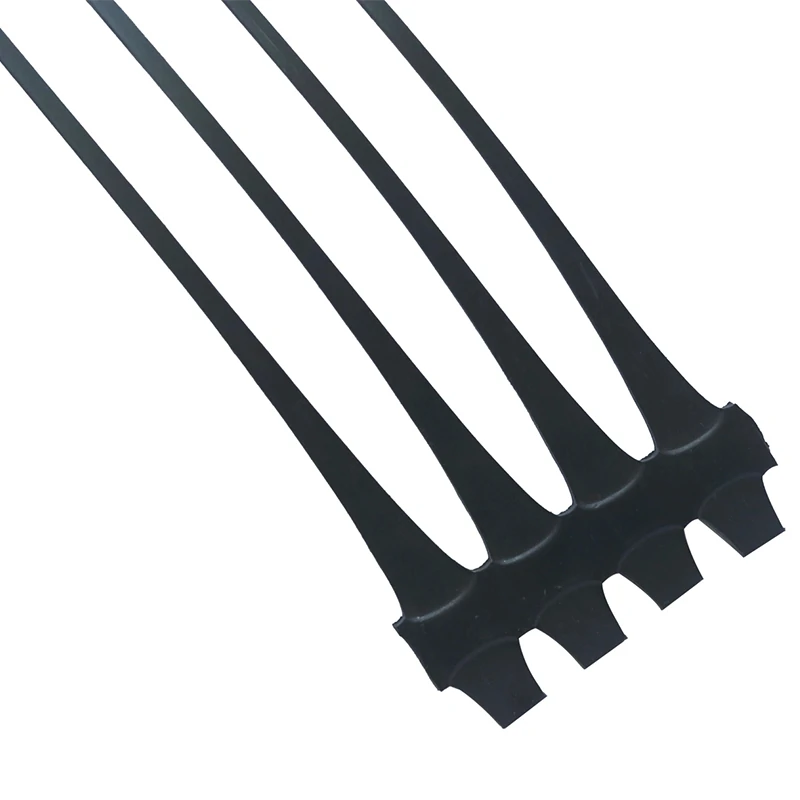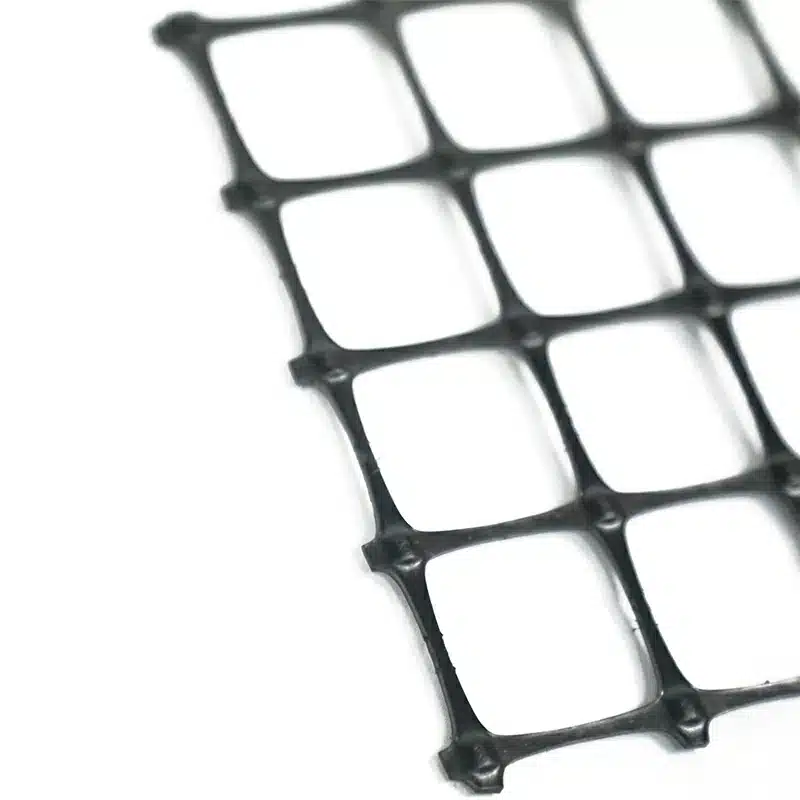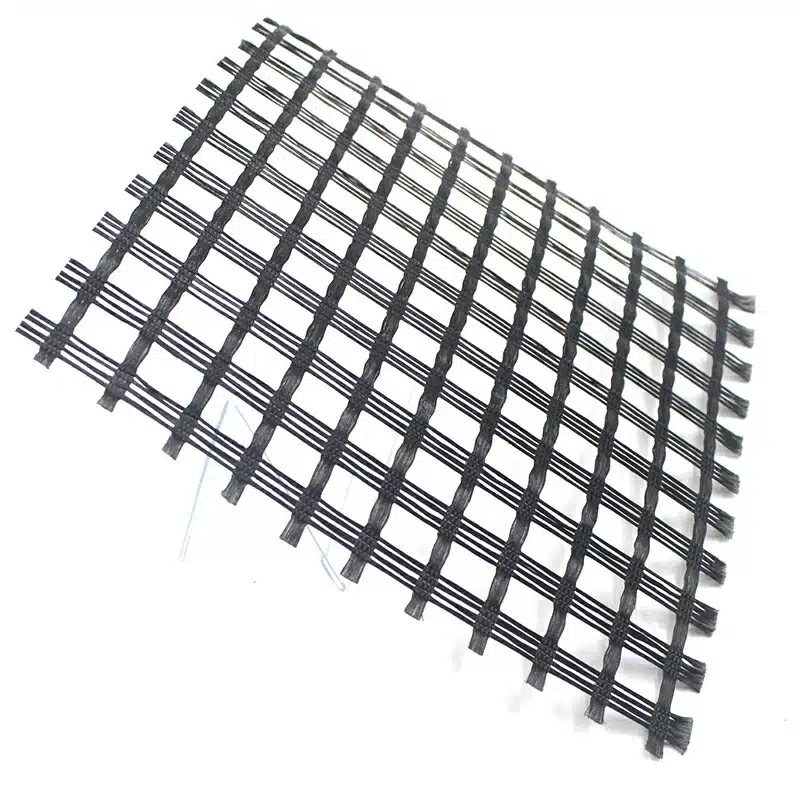+86-159 9860 6917
info@geofantex.com
geofantex@gmail.com
+86-400-8266163-44899
In the realm of civil engineering and construction, ensuring the stability and durability of structures is paramount. One innovative solution that has revolutionized soil stabilization and reinforcement is the use of geogrids. Commonly referred to as ground reinforcement grids, geogrids provide essential support to various infrastructure projects, from roads and parking lots to retaining walls and embankments. This article explores the basics of geogrid technology, highlights its differences from other geosynthetic materials like geofabric, and guides you through its applications in retaining wall construction.
What is geogrid soil reinforcement?
Geogrid soil reinforcement is a technique used in civil engineering to improve the stability and strength of soil, particularly in situations where the soil alone cannot support the required load. A geogrid is a synthetic, mesh-like material made from materials such as polyester, polypropylene, or polyethylene. It is used to reinforce soil in various applications like retaining walls, embankments, and road construction.
The geogrid works by providing tensile strength and helping to distribute loads more evenly throughout the soil. When placed in the soil, it interacts with the soil particles, creating a grid-like structure that improves the soil’s shear strength. This reinforcement helps to prevent soil settlement, reduce the risk of slope failure, and prevent deformation under load.
Geogrids are typically used in areas where the soil is weak or unstable, or where heavy loads are expected. The use of geogrids can reduce the need for extensive soil excavation or the use of more expensive materials, providing a cost-effective solution for reinforcing weak soils.

What is the difference between geogrid and geofabric?
Geogrid vs. Geofabric: Key
Geogrid and geofabric (also known as geotextile) are both types of geosynthetics used in civil engineering and construction, but they serve different purposes:
Geogrid:
- Material: Typically made of polymers such as polyester, polypropylene, or polyethylene.
- Function: Geogrids are used for reinforcement and soil stabilization. Their primary role is to provide tensile strength, which helps in distributing loads and preventing soil movement. They’re often used in applications like retaining walls, embankments, road construction, and in areas where soil stabilization is crucial.
- Structure: Geogrids are characterized by a grid-like or mesh structure, which allows them to interlock with the soil particles and improve soil strength and stability.
- Common Use: Reinforcing slopes, foundations, roads, and retaining walls.
Geofabric (Geotextile):
- Material: Made from synthetic fibers like polypropylene, polyester, or sometimes natural fibers.
- Function: Geofabrics are used for filtration, drainage, separation, and reinforcement. They don’t offer much tensile strength like geogrids, but they allow water to pass through while filtering out particles, or they can separate layers of different materials (such as soil and gravel).
- Structure: Geotextiles are typically woven, nonwoven, or knitted fabrics designed to perform a variety of tasks in construction and civil engineering projects.
- Common Use: Drainage systems, road base separation, erosion control, and filtration.
Key Differences:
- Purpose: Geogrids are mainly for soil reinforcement, while geofabrics are more focused on filtration, drainage, and separation.
- Design: Geogrids have a rigid, grid-like structure to interlock with soil, while geofabrics are typically flexible fabrics.
- Applications: Geogrids are more used for strengthening and stabilizing soils under heavy loads, while geofabrics are used in lighter applications like drainage or separating soil layers.
Both materials play important roles in construction, but they’re suited to different needs!
Should I use Geogrid for retaining walls?
Yes, using geogrids for retaining walls is highly recommended, especially in scenarios where enhanced soil stabilization is necessary. Incorporating geogrid can be an incredibly important step to creating a long-lasting retaining wall that’s functional and attractive. Retaining walls built with the support of geogrids are more durable and less likely to succumb to the pressures of shifting soil and water erosion. The geogrid provides additional tensile strength, helping to hold the soil in place and maintaining the integrity of the wall under various environmental stresses.
Which geogrid is best for retaining walls?
The choice of geogrid for retaining your wall depends on several factors, including the height of the wall, the soil type, and the expected load. Large roll geogrids, particularly in high-density polyethylene (HDPE) and polyester, are among the most common choices. HDPE geogrids are known for their robustness and excellent resistance to environmental factors such as UV rays and chemical degradation. Polyester geogrids, while offering superior flexibility and creep resistance, are ideal for walls that require long-term performance under continuous load. Consulting with an engineer to select the appropriate type and specification of geogrid based on your specific project needs is advisable.
Ground reinforcement grids, or geogrids, are a cornerstone technology in modern construction, offering a reliable solution for soil stabilization and reinforcement challenges. By understanding the distinct functions and benefits of geogrids compared to other geosynthetic products like geofabric, and recognizing their importance in applications such as retaining walls, engineers and builders can significantly enhance the longevity and safety of their structures. As technology advances, the adoption of geogrids in diverse construction projects is set to increase, marking a new era of efficient and sustainable infrastructure development.



Get Free Sample
We’ll respond as soon as possible(within 12 hours)





















